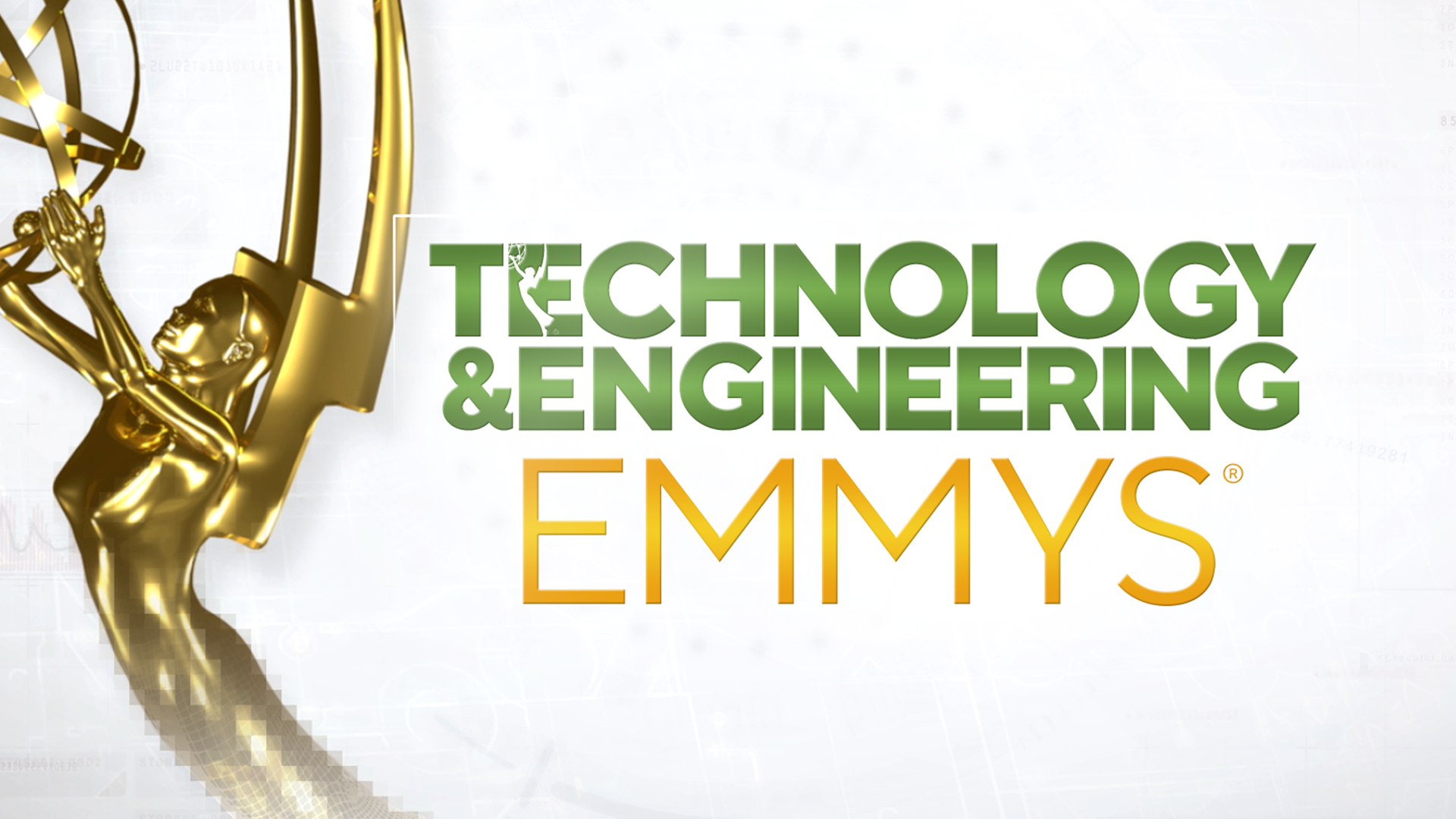73rd Annual Tech Emmy Awards Honor Apple, CableLabs, Cablevision, Netflix, SCTE & Others
Awards will be presented during the NAB Show

NEW YORK—The National Academy of Television Arts & Sciences (NATAS) has announced the recipients of the 73rd Annual Technology & Engineering Emmy Awards. The ceremony will take place April 25 at the Wynn Encore Ballroom in Las Vegas during the NAB Show (April 23-27).
“The Technology & Engineering Emmy Award was the first Emmy Award issued in 1949 and it laid the groundwork for all the other Emmys to come,” said Adam Sharp, CEO & president, NATAS. “We are extremely happy about honoring these prestigious companies, again in partnership with NAB, where the intersection of innovation, technology and excitement in the future of television can be found.”
The Technology & Engineering Emmy Awards are awarded to a living individual, a company, or a scientific or technical organization for developments and/or standardization involved in engineering technologies that either represent so extensive an improvement on existing methods or are so innovative in nature that they materially have affected television.
The 73rd Technology & Engineering Emmy Awards honored:
- Shadow TV for “Video & Audio Search based on Index Feeds coming from Multiple Sources.”
- Go Pro and Socinext for “In Camera Sensor and Software Stabilization.”
- Marvin H. White and Northrop Grumman Mission Systems Group for “Correlated Double Sampling for Image Sensors.”
- Peter J. W. Noble for “Pioneering Development of an Image-Sensor Array with Buried-Photodiode Structure.”
- MPEG and W3C – WebFonts Working Group for “Standardization of Font Technology for Custom Downloadable Fonts and Typography for Web and TV Devices.”
- Apple, MLB Advanced Media, Microsoft and Netflix for “Common Key Technology of OTT Content.”
- Cable Labs, OATC and SCTE for “Development of the Event Scheduling and Notification Interface (ESNI).”
- Arvato Systems Group, EditShare and Primestream (Ross) for “Cloud Enabled Remote Editing and Project Management.”
- Bell South, Cablevision, DirecTV and NCM Solutions for “Pioneering Development of Technologies to collect granular linear TV Viewership Data including STBs, ACR, Connected TV’s for Measurement, Marketing & Advertising.”
- Apple, MLB Advanced Media, MPEG and 3GPP for “Standardization of HTTP Encapsulated Protocols.”
- Haivision and Vitec for “Management of IP Multicast Video Distribution to Desktops and TVs in News & Media Production Facilities.”
In addition Maurice Leblanc and Paul Nipkow were named 2021 Television Technology Pioneers. This honor recognizes historical individuals whose work has materially affected television but has not been recognized by a NATAS Technology & Engineering Emmy Award.
Maurice Leblanc has been inducted as a Television Pioneer for the first suggestions of color TV and the use of the cathode-ray tube. For the first patent for a complex television system, Paul Nipkow has also joined this celebrated group.
After studying electrical engineering and working on railway projects, Leblanc established his own company. On 1880 November 2, he submitted a paper, “Study of the electrical transmission of luminous impressions,” to the French journal La Lumière électrique (Electric Light). In it, he outlined the principles of television and was probably the first to suggest color images (based on a beam-splitting prism) and the first to suggest the use of a cathode-ray tube (CRT) in the display. He also suggested vibrating mirrors for camera scanning and a variable-aperture modulator. Many of his suggestions were used in later television systems.
Get the TV Tech Newsletter
The professional video industry's #1 source for news, trends and product and tech information. Sign up below.
While still a student, Nipkow conceived a complete television system and was the first to patent it. His use of a selenium photocell was common by that time, but his use of a light valve based on Nicol prisms and the Faraday magnetooptical effect was new. His main creation, however, was a spinning disk with a spiral of perforations for scanning, an idea adopted widely (with modifications) by many other inventors and arguably formed the basis (40 years later) of the first television system able to reproduce a recognizable human face.
George Winslow is the senior content producer for TV Tech. He has written about the television, media and technology industries for nearly 30 years for such publications as Broadcasting & Cable, Multichannel News and TV Tech. Over the years, he has edited a number of magazines, including Multichannel News International and World Screen, and moderated panels at such major industry events as NAB and MIP TV. He has published two books and dozens of encyclopedia articles on such subjects as the media, New York City history and economics.

